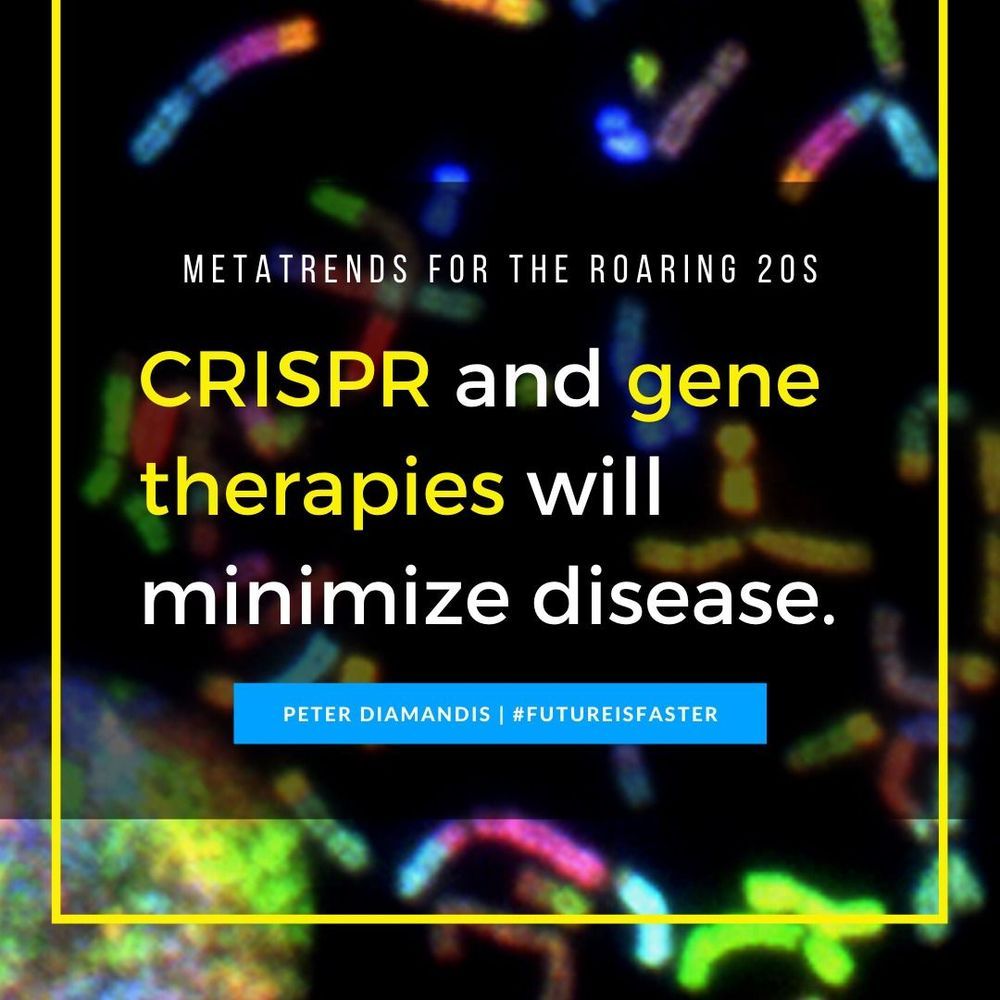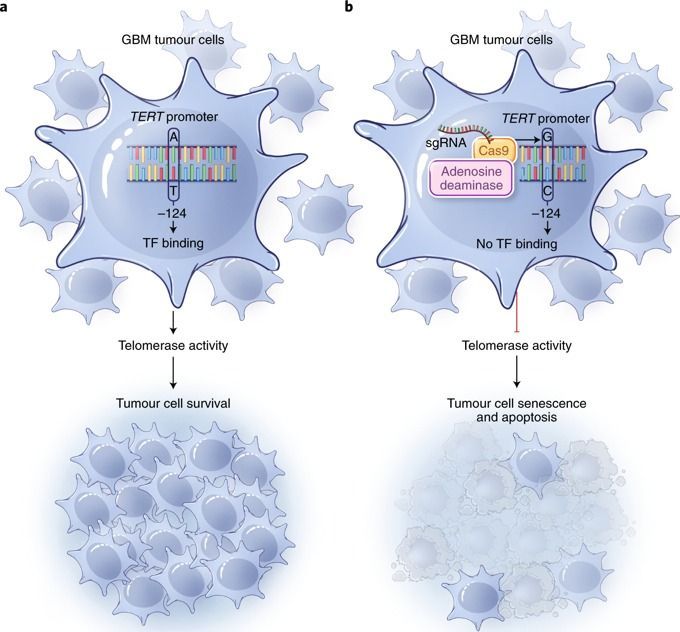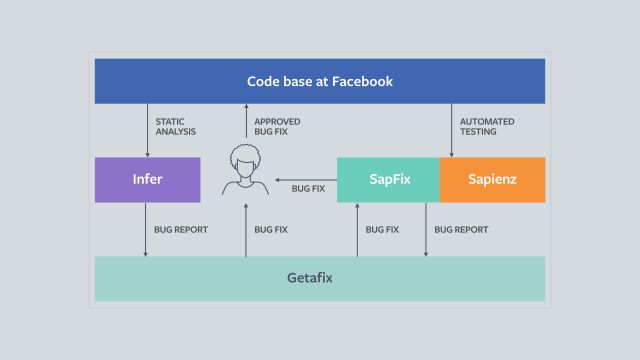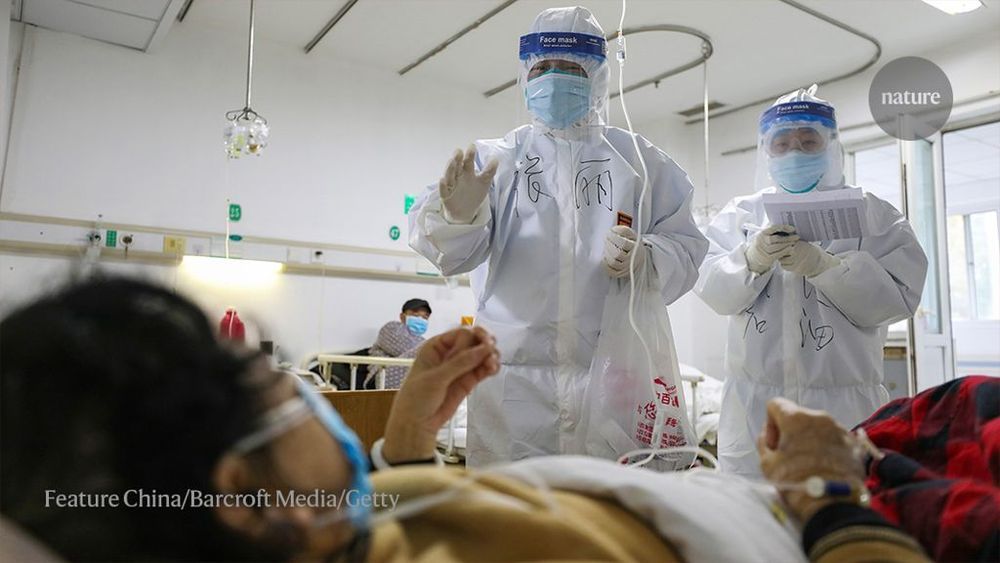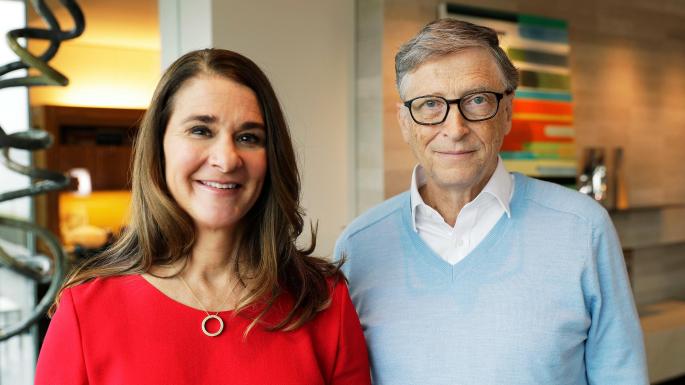A Cambridge-based biotech company that is creating a colony of “human” mice is locked in a Tom and Jerry-style fight with a US pharmaceutical giant.
Kymab, which is backed by the Bill and Melinda Gates Foundation and counts fund manager Neil Woodford among its investors, is seeking permission to appeal to the Supreme Court in a row over patents. It follows a ruling by the Court of Appeal earlier this year that Kymab infringed a patent belonging to US company Regeneron. A previous judgment ruled that Regeneron’s patent was insufficient.
The legal tussle relates to Kymab’s “Kymouse” work, in which it manipulates the genome of mice. Kymab removes the genes that make antibodies in mice and replaces them with human antibody genes. This means that.
